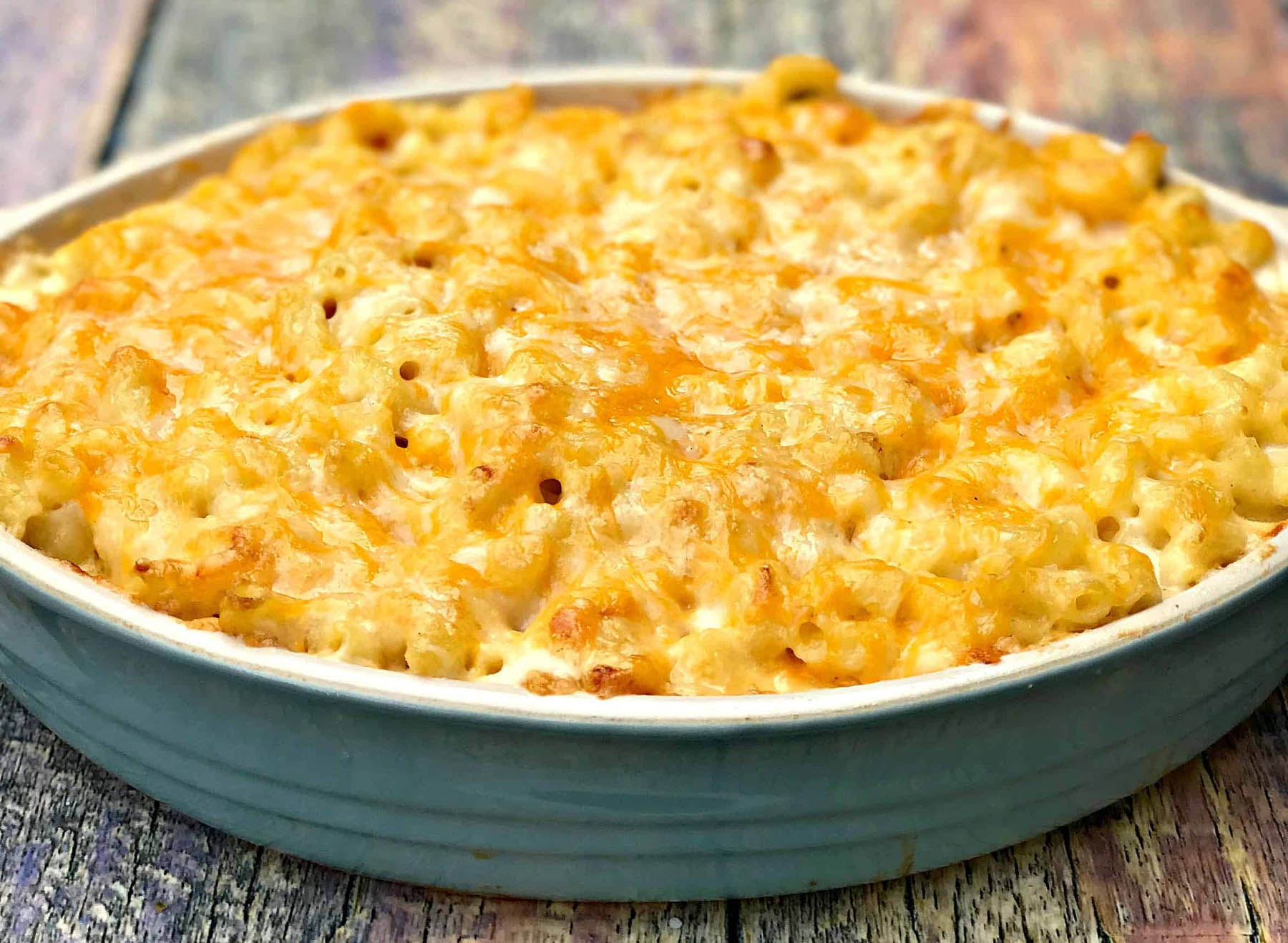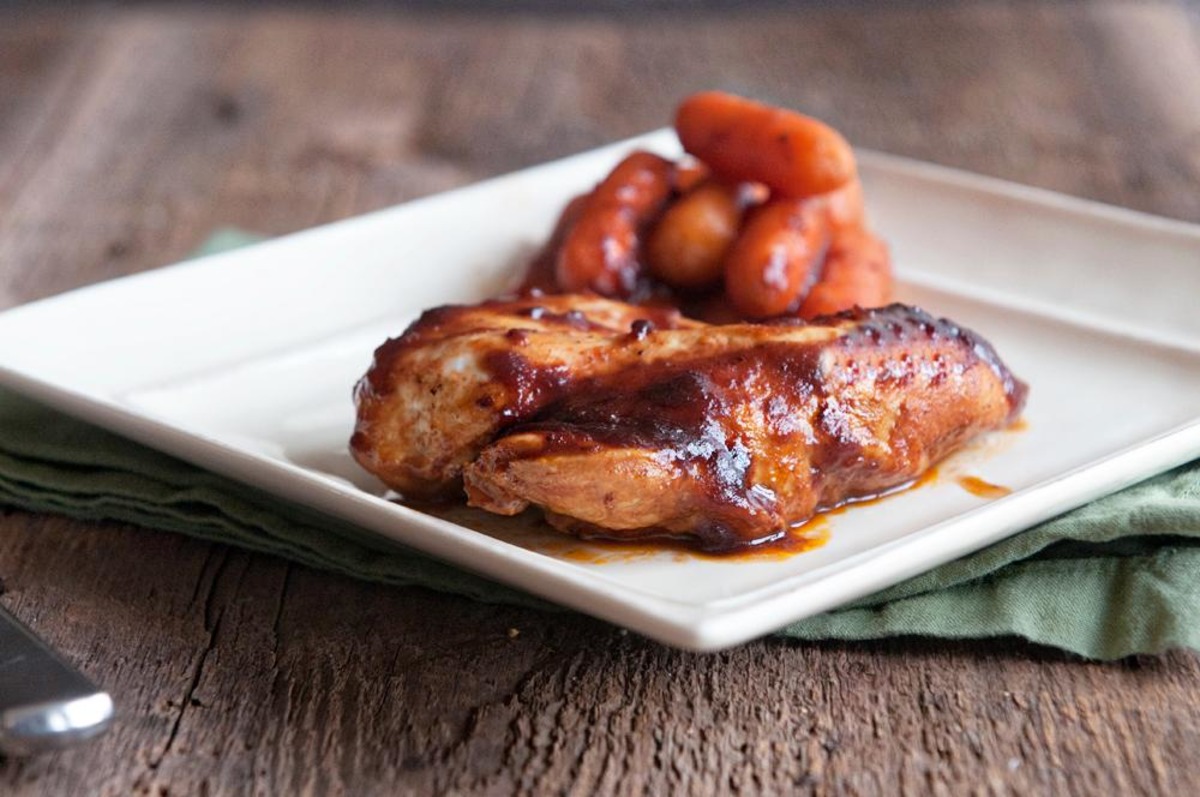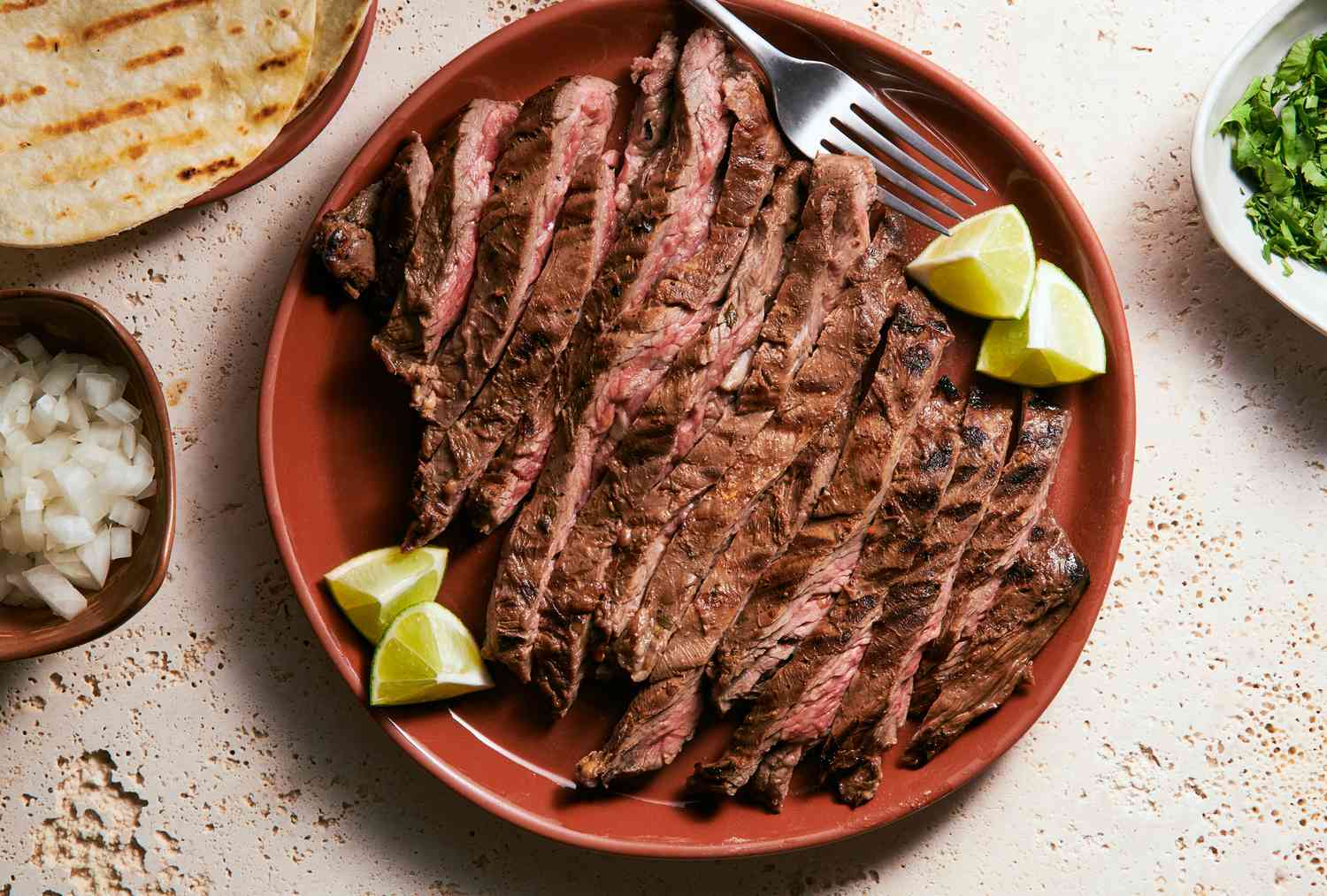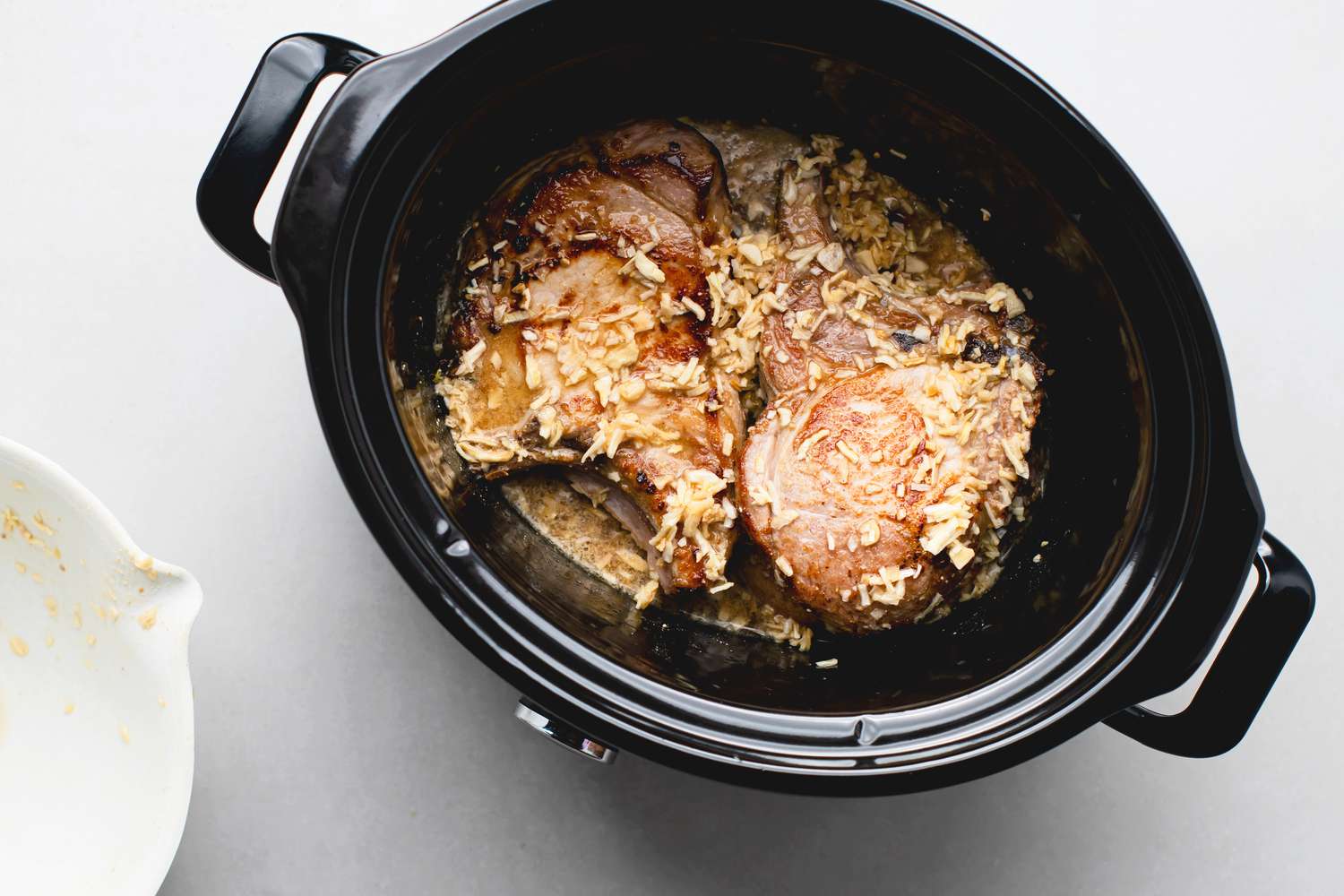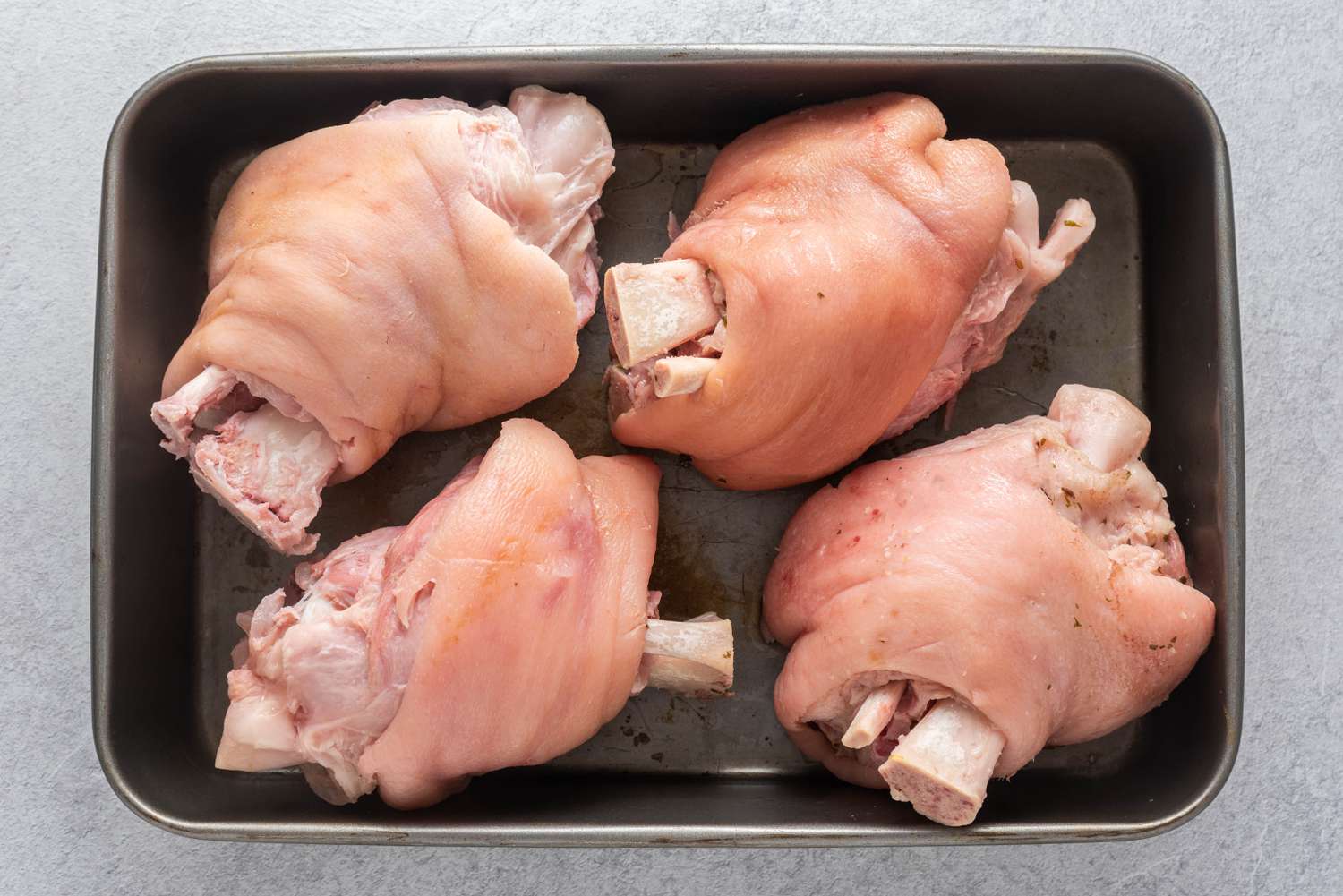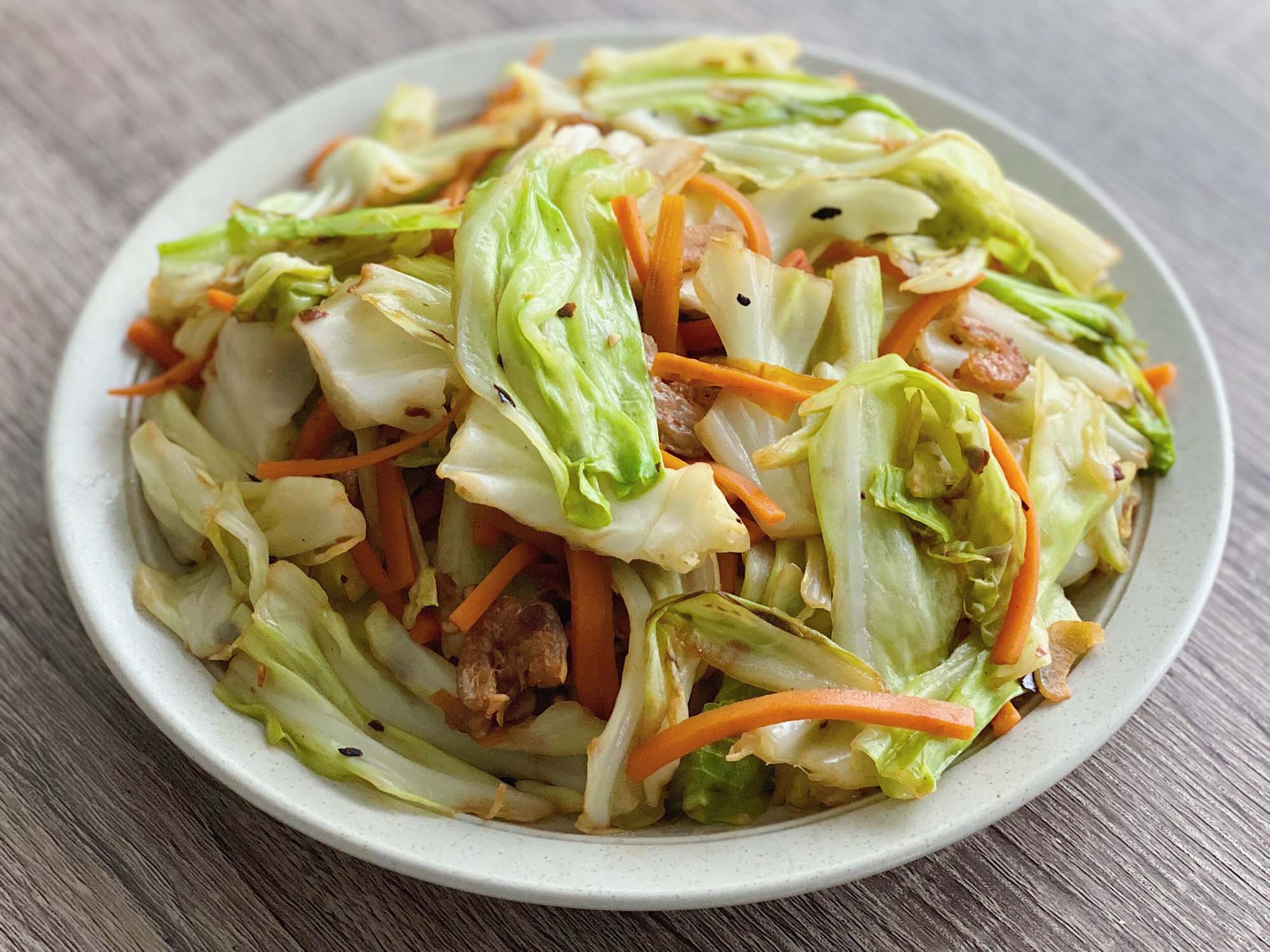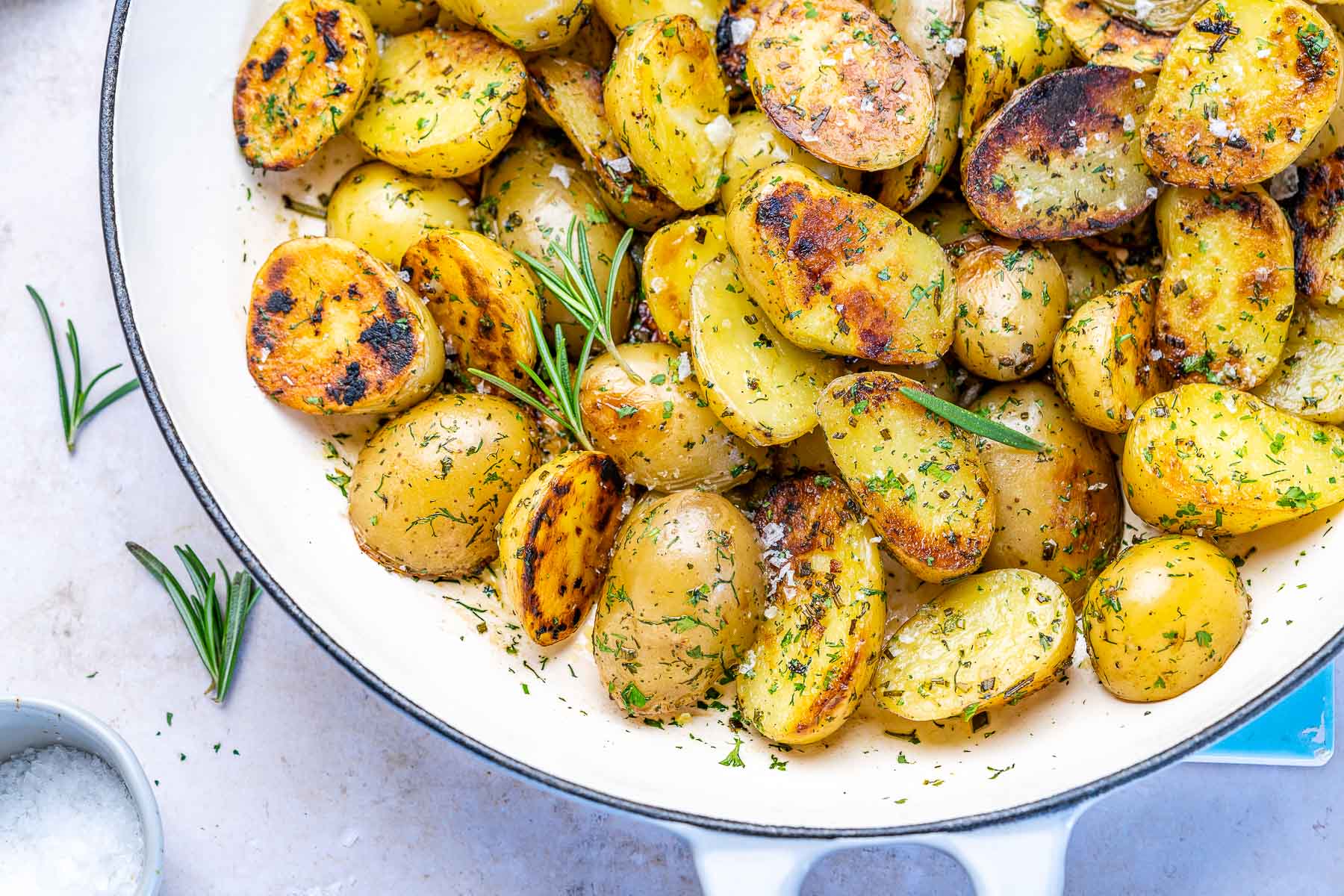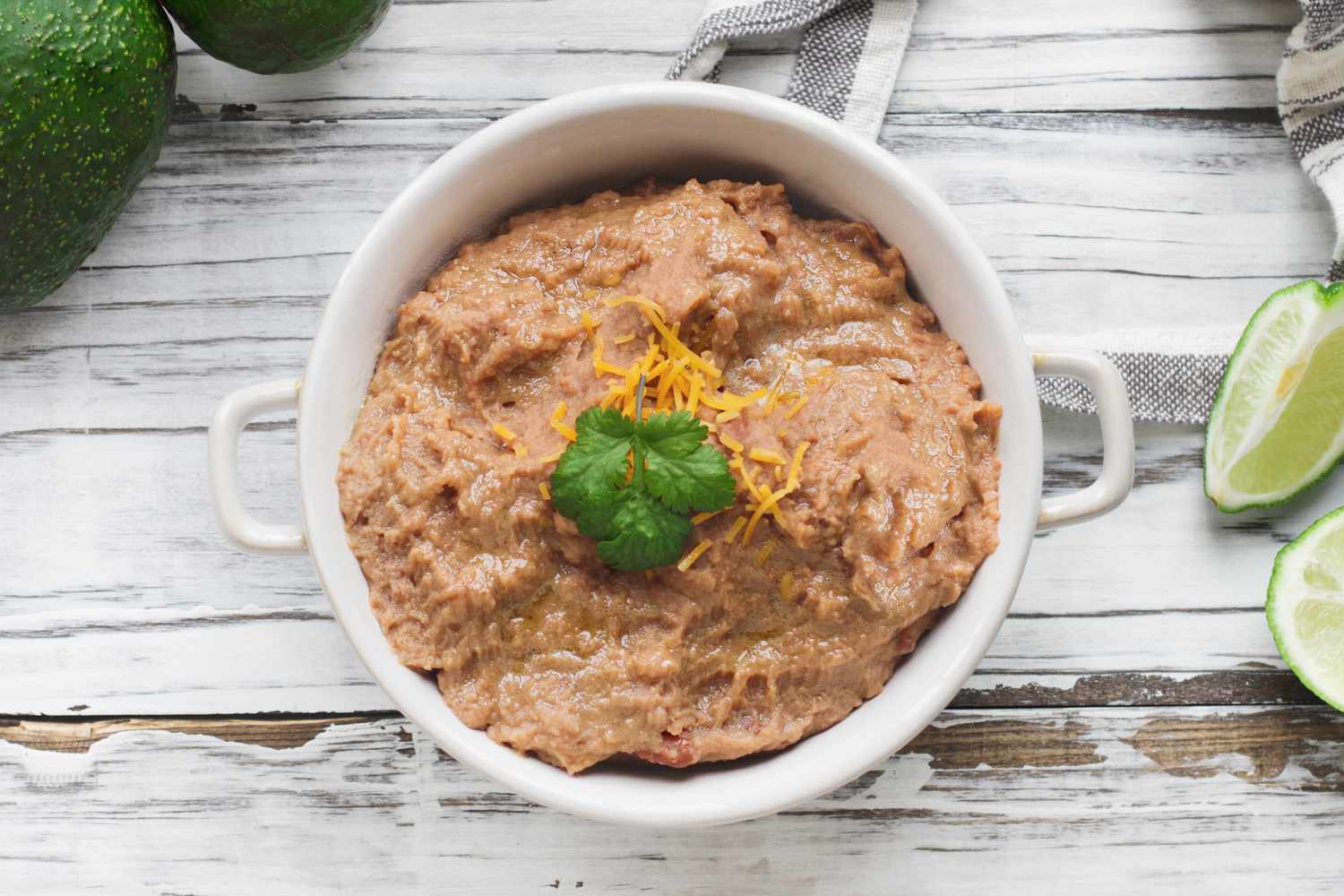Delicious Ways to Prepare Gourd Squash
Gourd squash is a versatile and nutritious vegetable that can be incorporated into a variety of delicious dishes. Whether you’re looking for a light and refreshing summer salad or a warm and comforting winter soup, gourd squash has got you covered. In this article, we will explore some mouthwatering recipes to help you make the most of this often overlooked vegetable.
1. Roasted Gourd Squash Salad
Roasting gourd squash brings out its natural sweetness and adds a delightful caramelized flavor to this refreshing salad. Here’s how to make it:
- Preheat your oven to 400°F (200°C).
- Wash and peel the gourd squash, then cut it into bite-sized cubes.
- Toss the gourd squash cubes with olive oil, minced garlic, salt, and pepper.
- Spread the seasoned squash on a baking sheet and roast for about 25-30 minutes, or until tender and golden brown.
- In a large bowl, combine the roasted gourd squash with fresh arugula, cherry tomatoes, crumbled feta cheese, and a handful of chopped walnuts.
- Drizzle with a zesty vinaigrette made from lemon juice, olive oil, Dijon mustard, and honey.
- Toss everything together gently and serve immediately.
2. Gourd Squash Soup
On chilly days, a hearty bowl of gourd squash soup is the ultimate comfort food. Give this soul-warming recipe a try:
- Peel the gourd squash, remove the seeds, and chop it into chunks.
- In a large pot, heat some olive oil over medium heat.
- Add chopped onions, minced garlic, and a pinch of red pepper flakes. Sauté until the onions are translucent.
- Add the gourd squash chunks and vegetable broth to the pot.
- Bring to a boil and then reduce the heat to a simmer. Cook until the gourd squash is tender.
- Use an immersion blender to puree the soup until smooth, or alternatively, transfer it to a blender and blend in batches.
- Season with salt, pepper, and a dash of nutmeg for extra warmth.
- Garnish each bowl with a dollop of Greek yogurt, a sprinkle of fresh herbs, and a drizzle of olive oil.
3. Gourd Squash Stir-Fry
For a quick and nutritious weeknight meal, try whipping up a flavorful gourd squash stir-fry. Here’s how:
- Slice the gourd squash into thin rounds or julienne strips.
- Heat some sesame oil in a wok or large skillet over high heat.
- Add minced ginger and garlic, and stir-fry for a minute until fragrant.
- Add the gourd squash and other vegetables of your choice, such as bell peppers, snow peas, or mushrooms.
- Toss everything together and cook for a few minutes until the vegetables are crisp-tender.
- In a small bowl, whisk together soy sauce, honey, and a splash of rice vinegar.
- Pour the sauce over the stir-fry and continue cooking for another minute to allow the flavors to meld.
- Serve the gourd squash stir-fry over steamed rice or noodles, and garnish with chopped green onions and sesame seeds.
So there you have it – three delicious ways to prepare gourd squash and elevate your culinary repertoire. Whether you decide to roast it, blend it into a comforting soup, or stir-fry it to perfection, gourd squash is a delightful ingredient that is sure to impress. Get creative in the kitchen and enjoy the amazing flavors and health benefits this versatile vegetable has to offer!
1. Peel the gourd squash and cut it into bite-sized pieces.
2. Heat a tablespoon of oil in a pan over medium heat.
3. Add the gourd squash to the pan and sauté for a few minutes until it starts to soften.
4. Season with salt, pepper, and your choice of spices or herbs.
5. Continue cooking for another 5-7 minutes until the squash is tender. Test it by inserting a fork.
6. Remove from heat and serve hot as a side dish or as a base for other recipes.
Remember, feel free to experiment with different flavors and seasonings to suit your taste preferences.
Was this page helpful?
Read Next: How To Cook Hot Tamales
